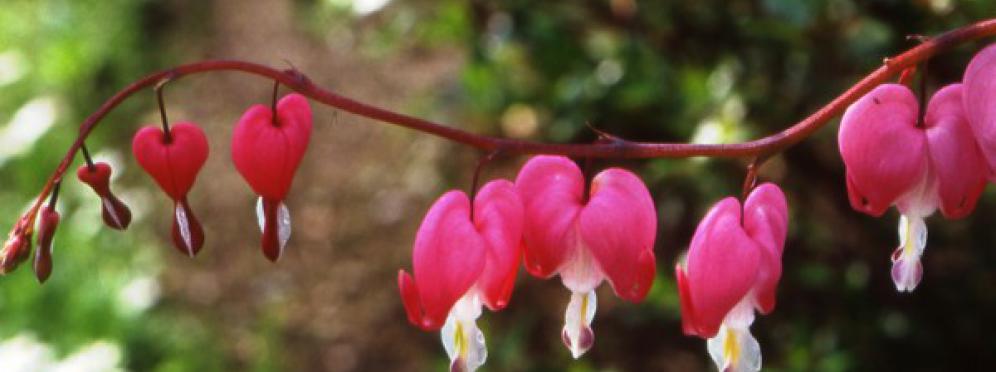Plants introduced to Italy by the Botanical Garden
Since its foundation, Padua Botanical Garden has been closely associated with international scientific institutions which it exchanges seeds, plants and scientific material with.

Since its foundation, Padua Botanical Garden has been closely associated with international scientific institutions which it exchanges seeds, plants and scientific material with. This is why it has played an important role in the introduction and acclimatisation of exotic species in Italy.
Some of the plants that were brought to Italy by the Botanical Garden ( and later distributed later throughout the country) are lined along the path in front of the 19th-century greenhouses, with labels indicating the year of their introduction. Among these are well-known ornamentals, such as lilac (Syringa vulgaris L.), yellow jasmine (Jasminum fruticans L.), woodbine [Parthenocissus quinquefolia (L.) Planch.], tulip tree (Liriodendron tulipifera L.), Himalayan cedar [Cedrus deodara (D. Don) G. Don fil.], freesia [Freesia refracta (Jacq.) Klatt], and bleeding heart (Dicentra spectabilis Lem.).Other plants, or parts of them can be eaten, such as sunflower (Helianthus annuus L.), sesame (Sesamum indicum L.), and potato (Solanum tuberosum L.). Others have become spontaneous in Italy, such as American aloe (Agave americana L.), false acacia (Robinia pseudacacia L.), and tree of heaven [Ailanthus altissima (Miller) Swingle]. They dominate large portions of the Italian landscape.






